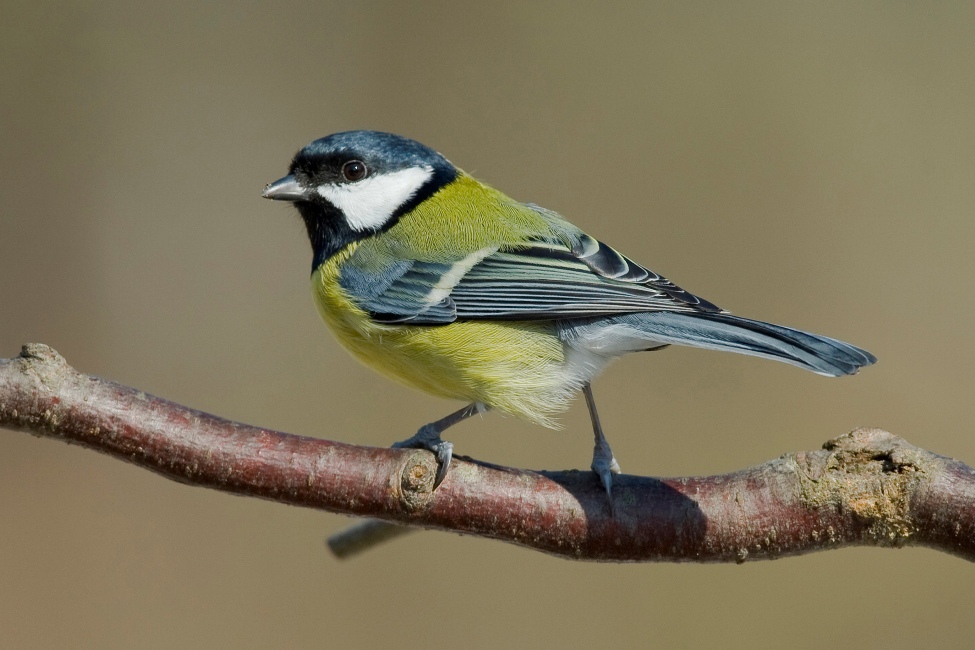| Citation |
BirdLife International. 2016. Parus major. The IUCN Red List of Threatened Species 2016: e.T22735990A87431138. https://dx.doi.org/10.2305/IUCN.UK.2016-3.RLTS.T22735990A87431138.en. Downloaded on 10 June 2020. |
Description |
JUSTIFICATION
This species has an extremely large range, and hence does not approach the thresholds for Vulnerable under the range size criterion (Extent of Occurrence <20,000 km2 combined with a declining or fluctuating range size, habitat extent/quality, or population size and a small number of locations or severe fragmentation). The population trend appears to be increasing, and hence the species does not approach the thresholds for Vulnerable under the population trend criterion (>30% decline over ten years or three generations). The population size is extremely large, and hence does not approach the thresholds for Vulnerable under the population size criterion (<10,000 mature individuals with a continuing decline estimated to be >10% in ten years or three generations, or with a specified population structure). For these reasons the species is evaluated as Least Concern.
DESCRIPTION
In Europe, the breeding population is estimated to number 65,100,000-106,000,000 pairs, which equates to 130,000,000-211,000,000 mature individuals (BirdLife International 2015). Europe forms c.30% of the global range, so a very preliminary estimate of the global population size is 433,300,000-703,300,000 mature individuals, although further validation of this estimate is needed.
Trend Justification: The population is estimated to be increasing following recorded range expansions (del Hoyo et al. 2007), trends between 1980 and 2013 show that the European population has experienced a moderate increase (EBCC 2015).
HABITAT AND ECOLOGY
This species occupies mostly open deciduous and mixed forests and edges and clearings in dense forest, including conifer forests and boreal taiga. It is also found more widely in plantations, hedgerows, orchards, parks, gardens, the edges of cultivation, olive groves and almost any group of trees or bushes (Gosler et al. 2013). Egg-laying is generally late January to September (Gosler et al. 2013), in Europe, laying begins in March to April in southern lowlands and in May in the north but over most of Europe it begins in April (Snow and Perrins 1998). The nest is built by the female, mostly of plant fibres, grasses, moss, animal hair, wool and feathers, placed at variable height in a hole or a cavity in a tree, occasionally in a wall, rock face or building. Frequently uses nestboxes (Gosler et al. 2013). Clutches are usually six to eleven eggs in Europe. It feeds on a wide variety of insects, as well as spiders, seeds and fruit (Snow and Perrins 1998). The species is generally resident but does undertake seasonal altitudinal movements and is partially eruptive (Gosler et al. 2013).
THREATS
Increased spring temperatures are resulting in a mismatch between food availability and offspring requirements leading to lowered reproductive success in at least some populations (Visser et al. 1998, Visser et al. 2006).
CONSERVATION ACTIONS
Conservation Actions Underway
Bern Convention Appendix II. It is one of the worlds best-studied avian species (Gosler et al. 2013).
Conservation Actions Proposed
Currently no conservation measures are needed for this species. |

